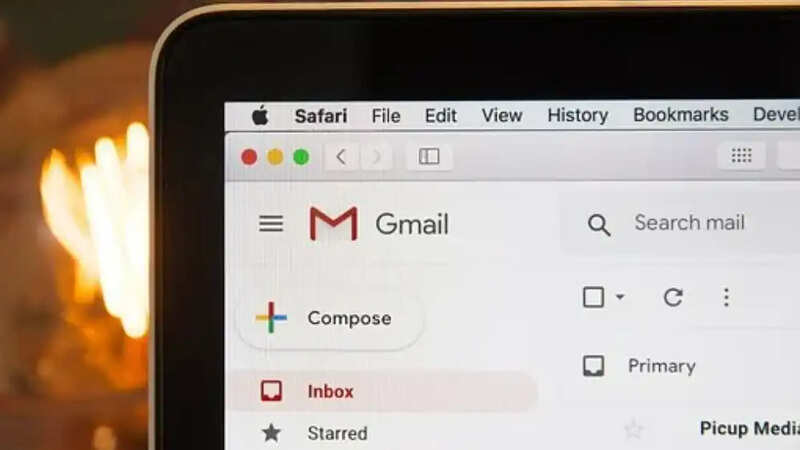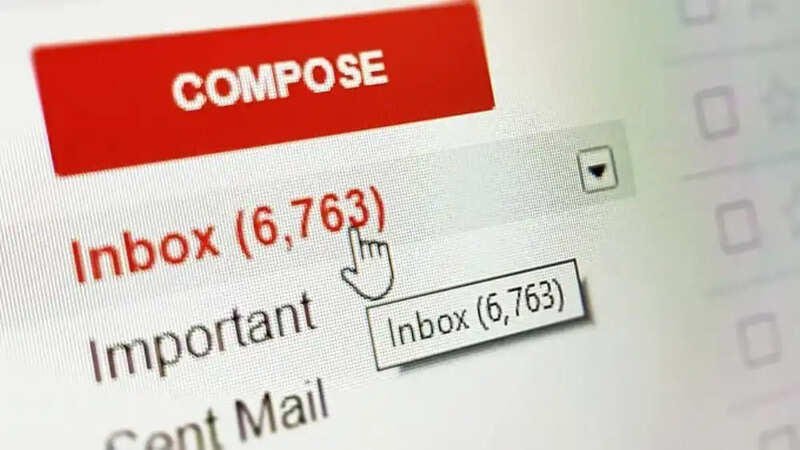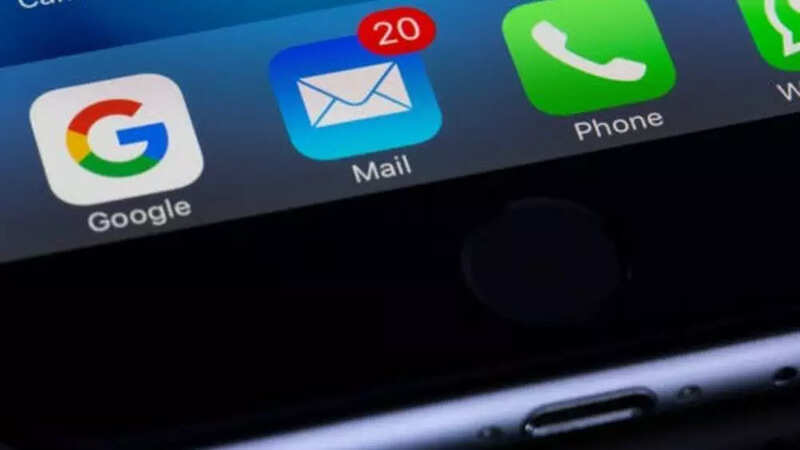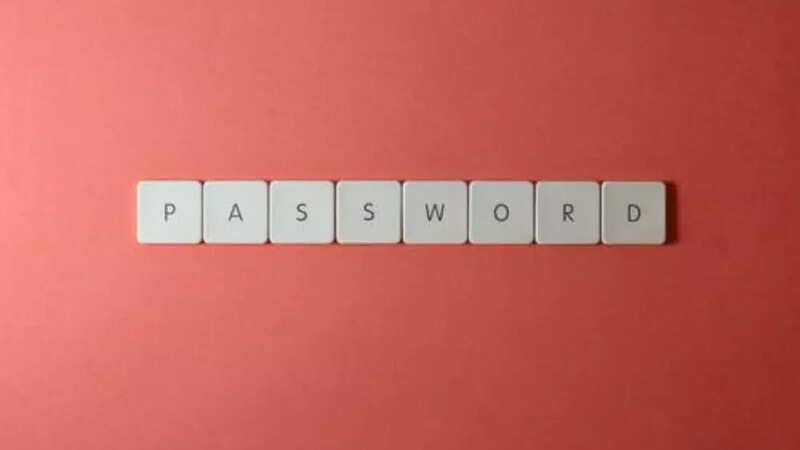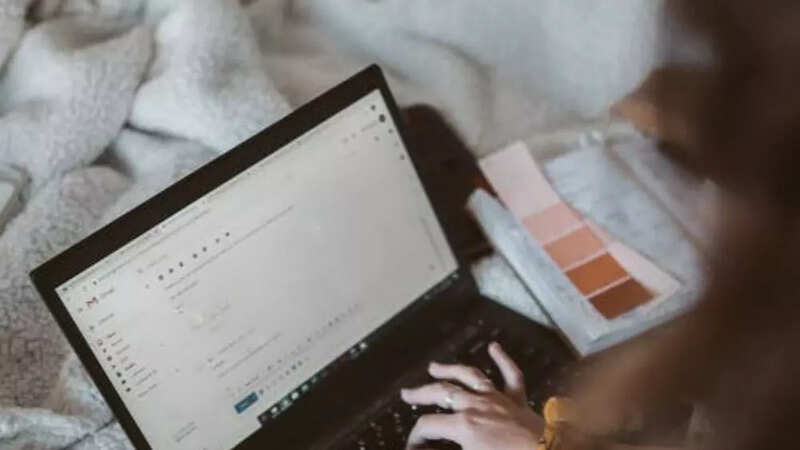9 Methods For Regaining Access To Your Locked Gmail Account

Gmail is the most widely used email service on the planet. It has about 2 billion users worldwide. The fact that the Android operating system (OS), the most popular smartphone OS in the world, requires a Gmail account demonstrates its dominance in our digital life. As a result, losing access to your Gmail account or being locked out can be a nightmare. Because it could result in the loss of not only emails but also other crucial data. Our Gmail account is also required to access all of our Google services, such as Google Photos, Google Docs, Google Meet, and others.
If You’ve Been Locked Out of Your Account, Here Are Nine Things You Can Take to Regain Access.
Instead of a Password, Use Your Phone Number to Login.
One of the simplest and most straightforward methods is to sign in to your Gmail account with your phone number rather than your password.
Make Use of Your Recovery Email Address or Phone Number.
Google always provides you the choice of sending your password/OTP data to the account’s email address or phone number. As a result, always double-check that it’s the most recent version and that you’re using it.
On Your iPhone or iPad, Sign in Using Your Google Account.
Another alternative is to check in using your Google account on the iPhone or iPad you’re using. Because this gadget does not require a password, you can use it to authenticate your identity.
To Be Sure It’s You, Unlock Your Android Device.
For Android users, this one is for you: A Google account is required for all Android phones. To authenticate your identity, log in to your account using the linked phone number. Using the Google Authenticator app may also be beneficial in this situation. Users can use a randomly generated number to confirm their logins.
To Sign In, Try Using The Device/Location You Usually Use.
Sign in with the device you usually use to sign in (computer, laptop, or PC). This could be beneficial. This translates to: Use a computer, phone, or tablet where you typically sign in; use the same browser (such as Chrome or Safari); and be in a location where you frequently sign in, such as at home or at work.
Check to See If There Is Any Recovery Information Accessible.
If you can’t recall the recovery information you supplied, go to your Google account page and look it up. Scroll down to the section titled “Ways we can confirm it’s you.” The registered recovery phone number or email address will be displayed.
Respond to the Security Question.
Email accounts were tied to secret security questions that helped unlock accounts back when phones were not so ubiquitous in our lives. Answering these questions may help if you don’t have a recovery email address or phone number associated with your account. Respond to as many questions as you can. Make an effort not to skip any questions. Instead of moving on to the next question, if you are unsure about an answer, make your best guess.
Make Use of Your Previous Password.
Google uses a variety of methods to verify identity, including prompting users to enter in their previous passwords. It’s a good idea to preserve a record of your old password even after you’ve changed it. Use your best guess if you can’t recall any previous passwords with confidence.
Try to Recall When You First Started Your Account.
If all else fails, Google may inquire as to when the account was created. It’s fine if the response isn’t exact; even a rough estimate could suffice. Viewing your earliest emails, or perhaps the welcome mail is one way to find out.
